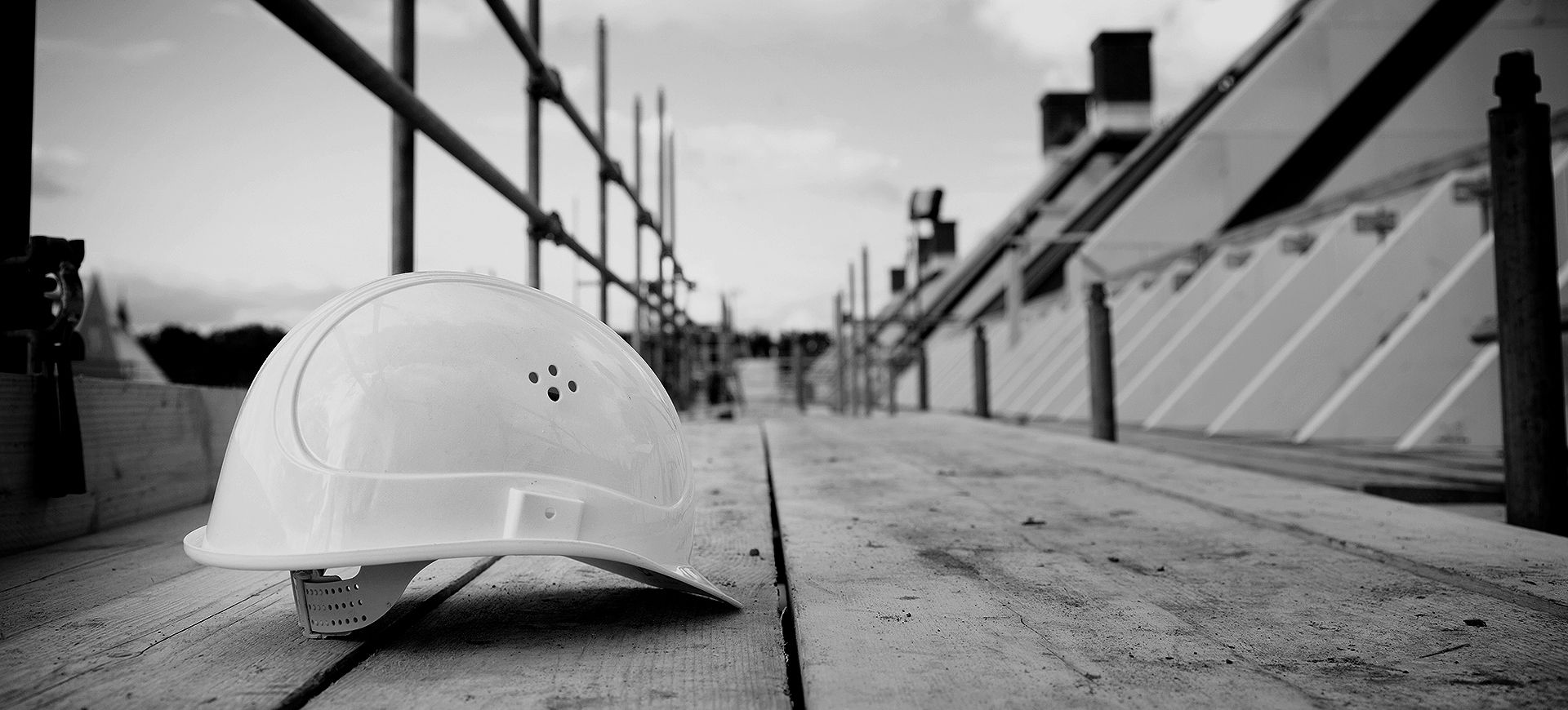A bathroom refurbishment is a transformative process that rejuvenates the space, enhancing both its aesthetic appeal and functionality. This comprehensive update can range from simple cosmetic changes to extensive renovations that involve plumbing, electrical work, and structural alterations.
Planning and Design Phase
The journey begins with careful planning and design. Homeowners typically assess their needs and desires, considering factors such as style, budget, and the overall functionality of the space. This phase often involves selecting a theme or inspiration—be it modern, traditional, minimalist, or spa-like.
Homeowners might create mood boards to visualize color schemes, materials, and fixtures. Elements like tile styles, wall colors, cabinetry finishes, and lighting options are explored. Engaging with a professional designer can bring invaluable expertise to ensure that the end result is both beautiful and functional.
Demolition and Structural Changes
Once the design is finalized, the refurbishment process moves on to demolition. This step can involve removing old fixtures, tiles, cabinetry, and sometimes even walls. Care must be taken during this phase to protect plumbing and electrical systems, which may need to be relocated or updated to meet modern standards or to better suit the new layout.
In cases where space is being reconfigured, professional contractors may install new plumbing lines for sinks, toilets, and showers, as well as update electrical wiring for lighting and ventilation systems. Structural changes may also include adding or enlarging windows to increase natural light, building in storage solutions, or even relocating fixtures for a more efficient layout.
Selection of Materials and Fixtures
With the structural work completed, the next step involves selecting the materials and fixtures that will define the new bathroom. This includes:
- Tiles: Choosing from various options, such as ceramic, porcelain, or natural stone for floors and walls, with particular attention paid to slip resistance and durability.
- Vanities: Selecting cabinetry that complements the overall aesthetic while providing adequate storage and countertop space.
- Faucetry: Choosing high-quality faucets, showerheads, and other fixtures that not only match in style but also offer efficient water usage.
- Lighting: Implementing layered lighting, including ambient, task, and accent lighting, to create a warm and inviting atmosphere. This can include wall sconces, ceiling fixtures, and LED lighting around mirrors.
Installation Process
Once all materials are selected, the installation begins. This is typically the most labor-intensive phase and may involve multiple tradespeople. Plumbers install new fixtures and ensure proper drainage, while electricians set up lighting and ventilation systems. Contractors lay tile, install cabinetry, and apply finishes.
The attention to detail in this phase is crucial. Proper installation techniques must be followed to prevent future issues, such as leaks or poor drainage. Ensuring that the space is adequately waterproofed, particularly in wet areas like showers and around bathtubs, is essential for longevity.
Finishing Touches
As the installation nears completion, focus shifts to the finishing touches that personalize the space. This can include:
- Painting: Touching up or applying fresh coats of paint to walls and ceilings.
- Decorative Accents: Incorporating artwork, greenery, and decorative storage solutions to enhance aesthetics and functionality.
- Accessories: Selecting towels, rugs, and shower curtains that reflect the chosen style and color palette.
Final Review and Cleanup
After installation is complete, a final review ensures that everything is functioning correctly and meets the homeowner’s expectations. Any issues, such as minor repairs or adjustments, are addressed. The space is thoroughly cleaned, removing dust and debris from the refurbishment process.
Conclusion
A bathroom refurbishment not only updates the space but also significantly enhances its utility and comfort. Whether driven by the need for more storage, improved functionality, or simply a desire for a modern look, a well-executed bathroom refurbishment can provide a sanctuary for relaxation and rejuvenation. The process, though potentially complex, culminates in a bathroom that reflects personal style while elevating the entire home’s value.
